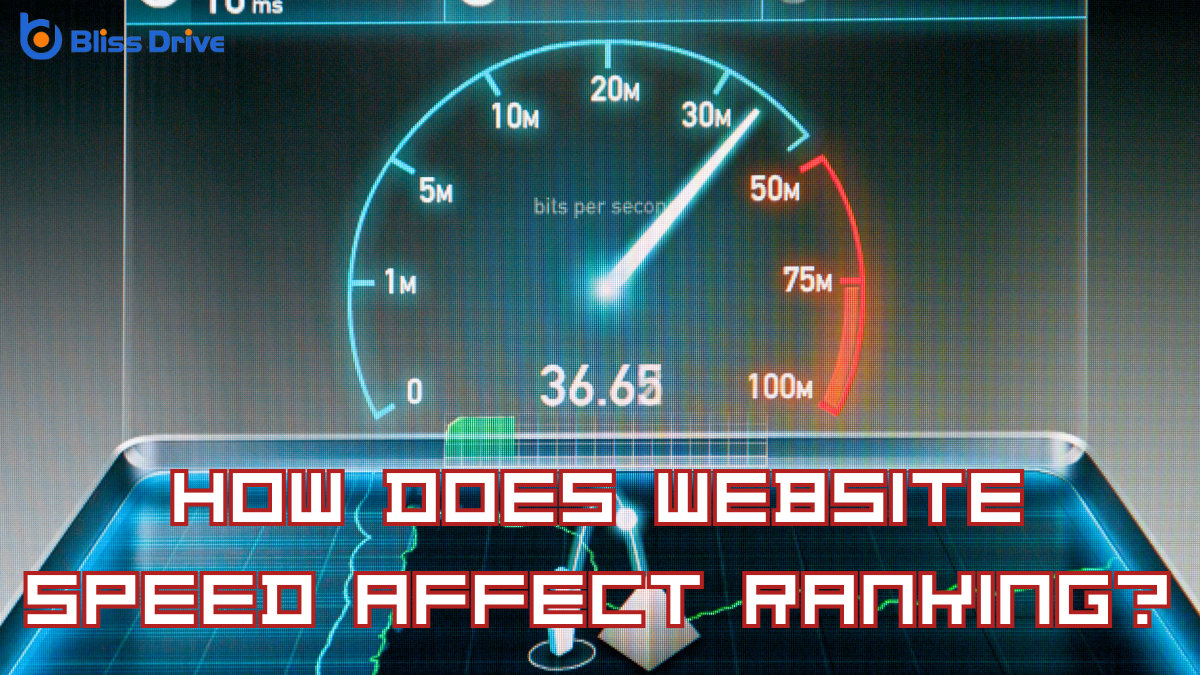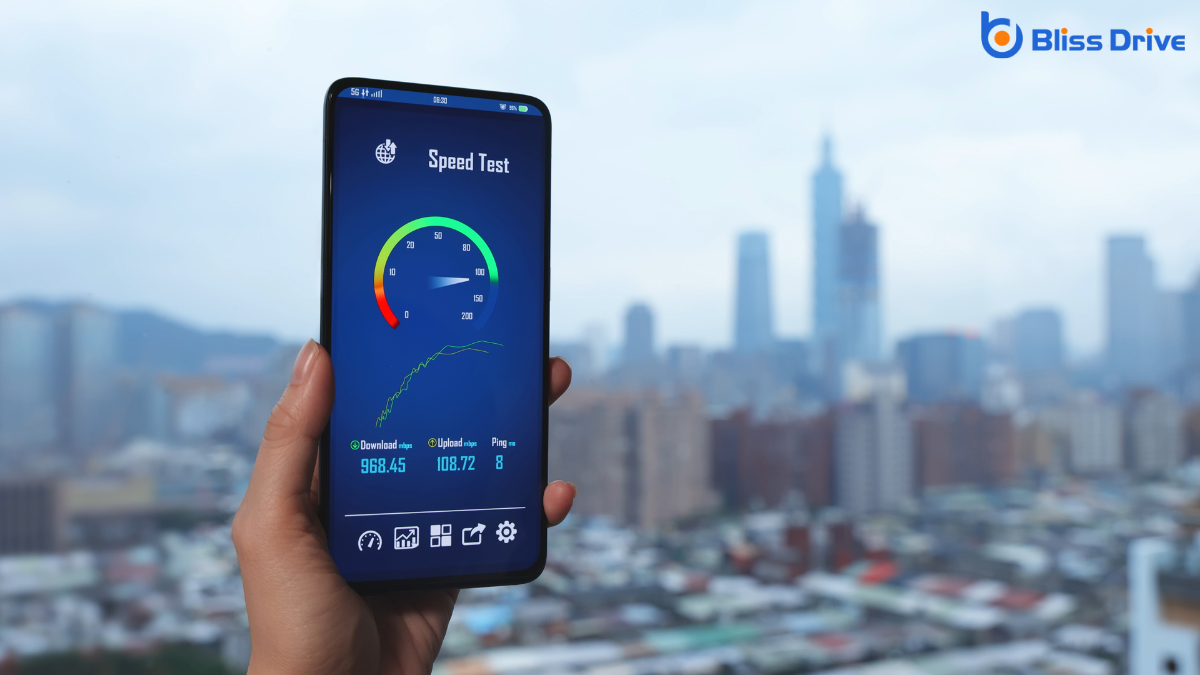Learn More About Us

You've probably heard that website speed is essential, but do you know why it matters for search engine rankingsThe position at which a website appears in the SERP.? Search engines, like Google, prioritize faster-loading sites, impacting your site's visibility. A slow website can mean fewer visitors and a drop in ranking. Curious about how this speed factor intertwines with search algorithms and user experience? Explore how optimizing load times can skyrocket your site's performance and draw more attention.
When it comes to maintaining a successful online presence, understanding the importance of website speed is crucial. You mightn't realize it, but the speed at which your website loads can greatly impact user experience.
Visitors expect fast, seamless access to information, and any delay could leadA potential customer referred by an affiliate who has shown interest in the product or service but h... them to leave your site altogether. This quick departure increases your bounce rateThe percentage of visitors who leave a website after viewing only one page., signaling poor performance and user dissatisfaction.
Additionally, website speed affects how visitors perceive your brand. A slow site may suggest inefficiency or an outdated business approach, discouraging trust in your services.

When you're looking to improve your website's ranking, understanding how search engines measure speed is essential.
They focus on factors like page load timeThe time it takes for a webpage to fully load, affecting user experience and conversion rates., Core Web Vitals, and mobile speed metrics to guarantee a smooth user experience.
Understanding how search engines measure website speed is essential, especially since page load time greatly impacts your site's ranking.
When users visit your site, search engines track how quickly each page loads. They measure the time it takes for a page's content to appear on a user's screen after they click a link. A fast page load time means users get the information they want quickly, which search engines view as a positive signal of a good user experience.
If your site loads slowly, users might leave before it fully appears, increasing bounce rates and harming your rankings.
To improve this, consider optimizing images, leveraging browser caching, and minimizing JavaScript. Doing so can enhance load times and boost your site's search engine performance.
Although website speed is fundamental, search engines have developed more thorough metrics to evaluate it, known as Core Web Vitals.
These metrics focus on user experience by analyzing three main elements: Largest Contentful Paint (LCP), First Input Delay (FID), and Cumulative Layout Shift (CLS).
LCP measures how quickly the main content loads, ensuring users aren't left waiting. FID evaluates the time it takes for a page to respond to the first user interactionAny action taken by a user on social media, such as likes, comments, shares, or retweets., like clicking a button. CLS checks for unexpected layout shifts that can disrupt user experience.
As you focus on improving Core Web Essentials, it's equally important to contemplate how search engines assess your site's speed on mobile devices.
Google uses various metrics like First Contentful Paint (FCP) and Largest Contentful Paint (LCP) to determine how fast your site loads on a mobile device. These metrics help them understand how quickly users can see and interact with your content.
The Speed Index measures how fast the visible parts of your page are populated.
Cumulative Layout Shift (CLS) gauges visual stability, ensuring content isn't annoyingly shifting. Each metric offers insights into different aspects of your mobile site's performance.
When a website loads slowly, it can greatly disrupt the user experience, turning potential customers away.
You've likely experienced that frustration firsthand—waiting for a page to load and eventually giving up. A slow site feels unresponsive, causing users to lose trust and interest quickly. Each additional second increases the chance they'll hit the back button.
You want your visitors to stay engaged, right? A fast-loading site keeps them interested and makes them more likely to explore further. It creates a seamless flow, ensuring they find what they need without delay.
Search engines, like Google, place significant emphasis on website speed when determining rankings. They know that users prefer fast-loading sites, so they reward these sites with higher rankings.
If your site loads quickly, it’s more likely to appear at the top of search results, increasing visibility and traffic. Google uses page speedThe time it takes for a webpage to load, affecting user experience and conversion rates. as a ranking factor because it directly impacts user satisfaction. A faster site leads to longer user engagementThe level of interaction and involvement users have with social media content. and lower bounce rates, which Google interprets as a positive signal.
When a site loads slowly, users tend to leave, affecting your site's credibility and ranking. By ensuring your site is fast, you’re aligning with what search engines prioritize, ultimately boosting your chances of achieving higher rankings and reaching more users.

To guarantee your website is performing at its best, you need to analyze its speed using reliable tools and techniques.
Start by using Google PageSpeed Insights, which provides a detailed report on your site's performance across different devices. It offers clear suggestions for improvement.
Next, consider GTmetrix, a tool that delivers thorough speed test results by analyzing various performance metricsKey indicators used to measure the effectiveness of affiliate marketing efforts, such as clicks, con....
Additionally, Pingdom Tools offers insights into load time, page size, and performance grades.
From a real-time perspective, WebPageTest lets you run tests from multiple locations around the globe, offering a broad view of your site's speed.
While a fast-loading website is essential for retaining visitors and improving SEO rankings, there are effective strategies you can implement to enhance load times.
Start by optimizing images; large, uncompressed images can severely slow down your site. Compress them without losing quality to boost speed.
Next, enable browser caching. This allows returning visitors to load your site quicker by storing some of your website’s data on their devices.
Minimize HTTP requests by reducing the number of elements on your page, such as scripts and images, to decrease load time.
Finally, consider using a Content Delivery Network (CDN)A system of distributed servers that deliver content to users based on their geographic location.. A CDN can distribute your content across various servers worldwide, ensuring faster access for visitors regardless of their location.
Although optimizing your website's speed is crucial, regularly monitoring and maintaining its performance guarantees it continues to run smoothly and efficiently.
Start by using tools like Google PageSpeed Insights or GTmetrix to keep an eye on loading times and pinpoint potential speed issues. Set a schedule for routine checks, making sure you stay on top of any changes affecting performance.
Don’t overlook updates; software and plugin updates often include important speed enhancements. Also, keep an eye on your server’s performance and consider upgrading if it consistently underperforms.
Regularly review your website’s content and remove unnecessary files that may slow things down.
To sum up, you can't underestimate the impact of website speed on your search engine rankings and user experience. When your site loads quickly, it not only boosts your standing with search engines like Google but also keeps visitors engaged and reduces bounce rates. Use tools to analyze speed and apply strategies to improve load times. By actively monitoring and maintaining peak performance, you'll enhance your site's credibility and attract more visitors. So, prioritize speed for better results.
